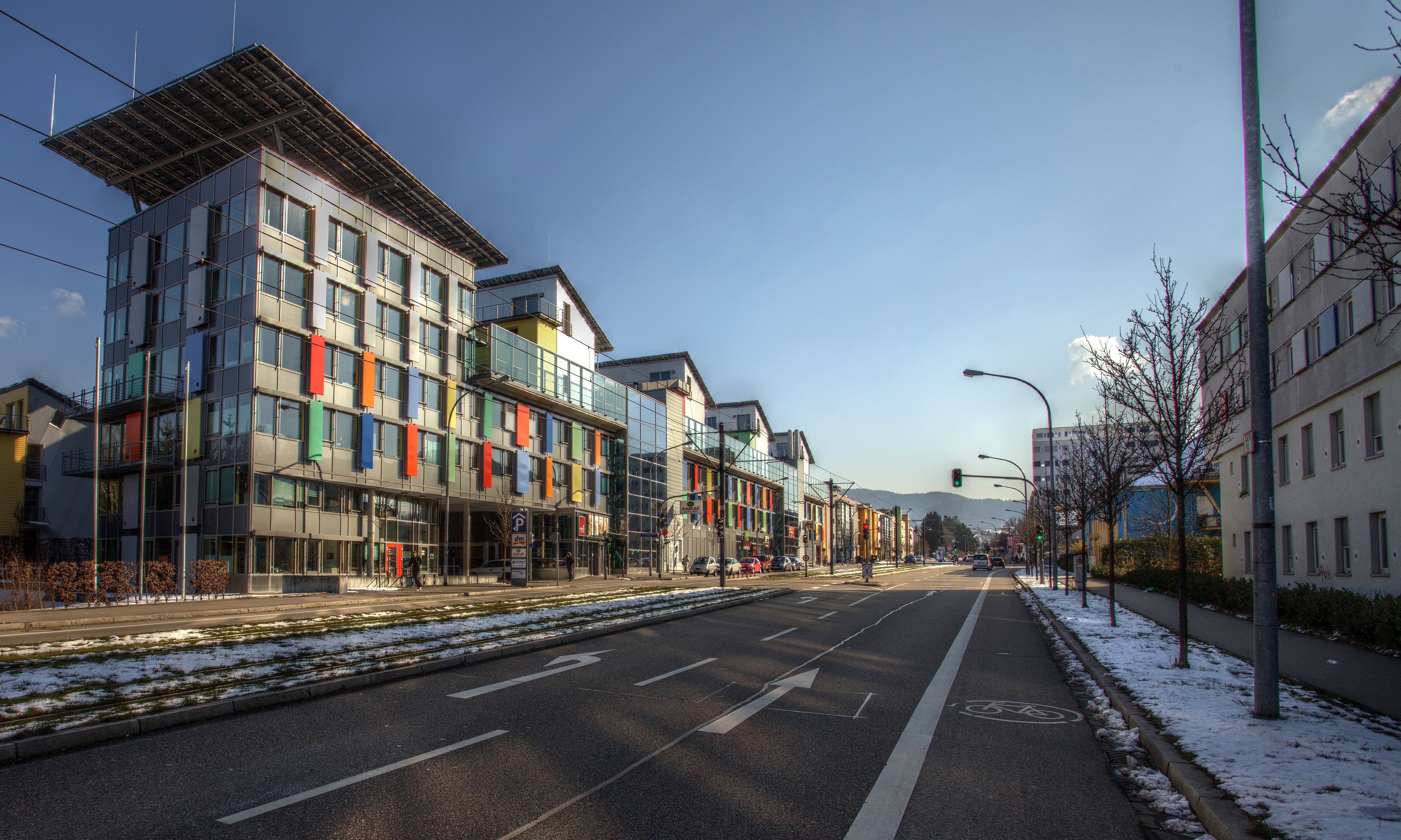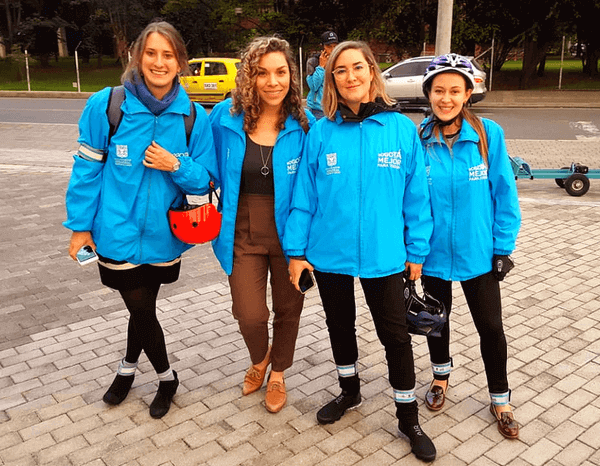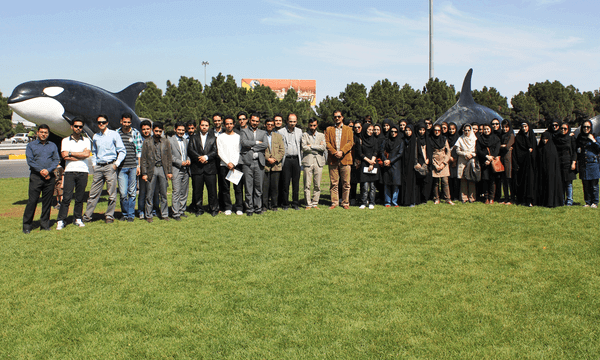The district Vauban was used as an army base since the 1930s, at last by the French army. With the peace treaty in 1991 the French army closed the base. The area, which was property of the German government, could be activated for civilian use. The City of Freiburg had bought the whole area for 40Million German Mark (20Million Euro) and announced a competition for urban planners in 1993 to use the area as a new living area. The architect-office Kohlhoff from Stuttgart won the competition. The building plan included a free frame in which the possibility of sustaining the old caserns was given as an option.
Right from the beginning in 1994, an NGO was founded by involved citizens. The NGO, named Form Vauban, participated in the progress of developing and planning the new district. Other actors were the Project Group Vauban (the administrative coordination of the local authorities dealing with the Vauban project) and the City Council Vauban Committee (the main platform for the information exchange, discussion and decision preparation in the City Council). Even if the decisions were ultimately made by the city council. In this Vauban committee, representatives from political parties discussed the main Vauban issues together with representatives from the administration and further consultative members such as Forum Vauban.
With the help of experts’ knowledge in the meetings of the Forum Vauban, the ideas and basic principles for the new district were developed. These five principles were: a car-reduced traffic concept, a social mixture in the district, a preference of private co-building groups and cooperative self-help models, short-ways concept of the infrastructure, and an ecological local heating concept.
Meetings between Forum Vauban and members of the city administration took place regularly. If necessary, further common initiatives such as round tables and workshops were organized (for example for the planning of the open green spaces).
All participants agreed on some moderate regulations. They comprised of a fixed height on the houses, greening of facades and roofs, and regulations concerning rainwater filtration.
In July 1996, a project-exchange for co-building groups and associations was discovered. One year later the zoning map was designed and pieces of land were given away to particular house builders. In April 1998, the building phase began.
In general commercial investors were restricted to some limited areas of the building site. The formation of co-building groups provided a specific structure and identity within the community, and made it quite easy to get in contact with the people.
Further special committees were founded which collaborated with other establishments like the city‘s welfare institutions for the social work within the new district. The social work includes offers for specific target groups like children, youth, or families and the initiation and support of grassroots-initiatives or conflict management.
The Forum Vauban which organised the main part of the advanced public participation in the district Vauban existed until 2004. It declared insolvency caused by a claim for the return of financial support from the EU. The predecessor association is called “Stadtteilverein Vauban e.V.” and adopted the whole field of functions.




